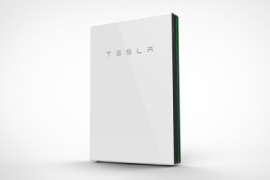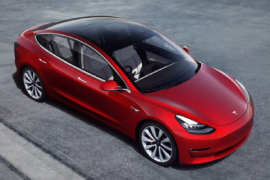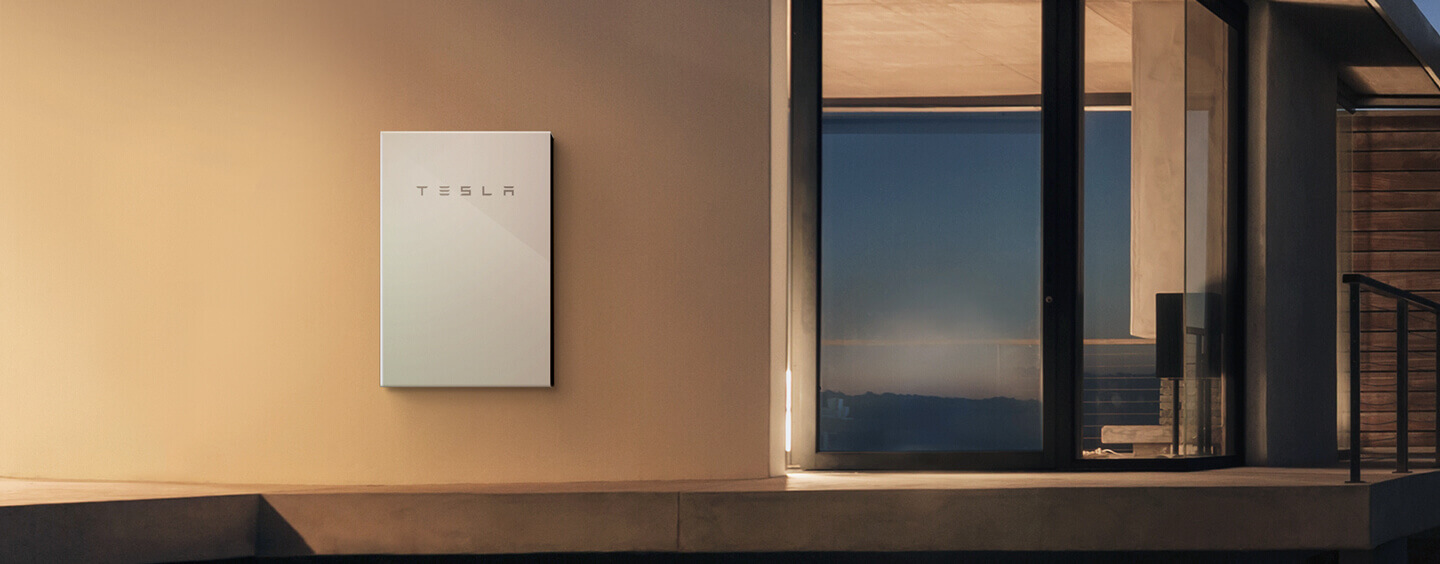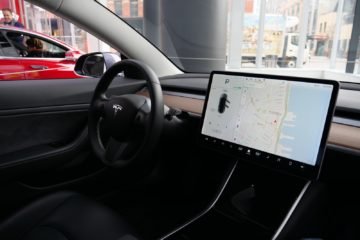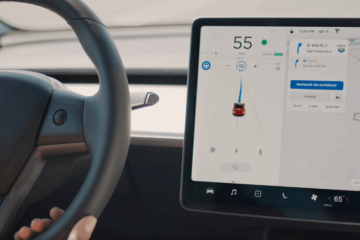Tesla is mostly known for their amazing all electric cars, however the other place you’ll see their name crop up is in Home Battery Energy Storage, especially here in Australia. In fact, Tesla has explicitly prioritised their Powerwall storage product roll out to Aussies which is quite frankly a bit weird compared to normal.
Australia is normally at the back end when it comes to product roll outs, however due to our “unique” energy cost situation here, energy storage has taken off. So in this piece we’re going to do a deep dive into specifically the Tesla Powerwall 2, why it’s so popular, it’s good and bad points and most importantly, whether or not you should buy one!
Table of Contents
What’s So Special About The Tesla Powerwall 2?
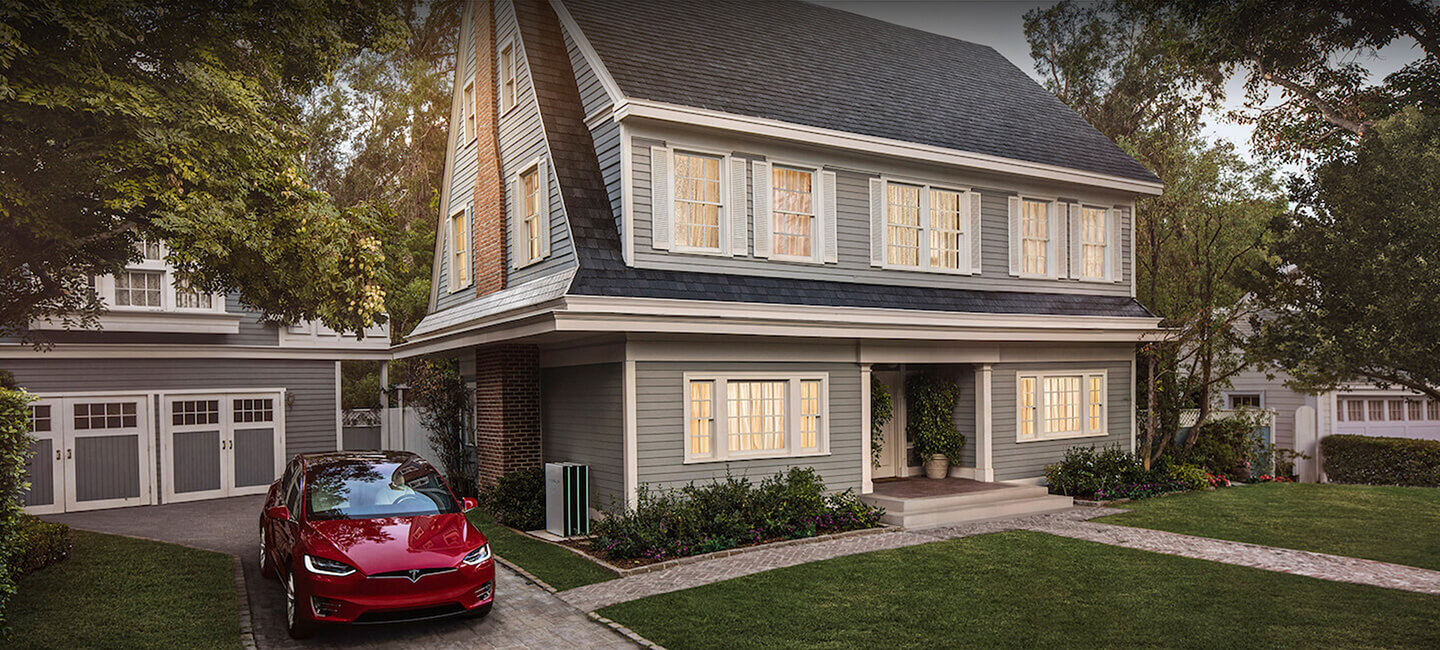
To begin with we need to take a look at exactly why so many people that look into battery storage immediately gravitate towards the Powerwall 2.
Obviously from the name it’s the second generation of Tesla’s Powerwall series and with that second generation Tesla made some incredibly bold moves that really turned the entire industry on its head.
For one thing, they made home battery energy storage sexy. Even now, after more than 3 years from when the Powerwall 1 was launched competing companies arguably don’t make any other products that look as good as the Powerwall.
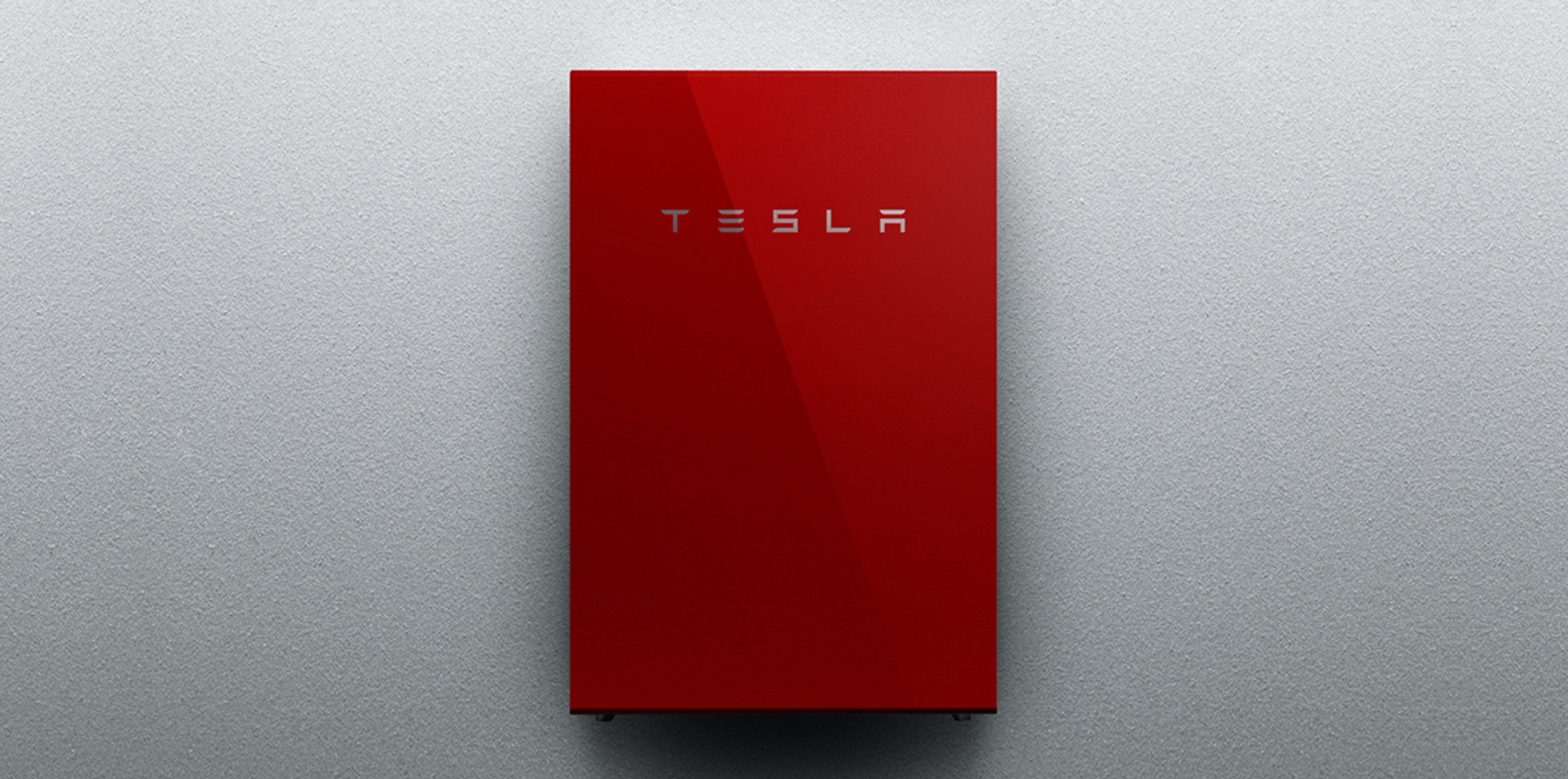
You have to admit, a hot red, super sleek setup like this just oozes style and good looks. Who wouldn’t want that hanging in their garage? It certainly beats the pants off the competition and how their products look!
But form isn’t everything. You have to also have function, especially when you’re commanding a five figure price tag. Which brings us to the second reason the Powerwall 2 is special, it doubled the price per kWh from the previous Powerwall 1.
A year before the Powerwall 2 launch when Elon Musk stood on stage and announced the first Powerwall he quoted some great specs and prices. Launching the second generation though stunned everyone as although it wasn’t uncommon for technology like this to incrementally improve – say 5-10% better each year – no one saw a complete halving of $/kWh coming.
It was this jaw dropping shift, along with its stunning good looks and ease of use that totally separated out the Powerwall 2 from everything else out there and gave it a huge product demand.
How Much Does The Tesla Powerwall 2 Cost?
According to Tesla’s own website a single Powerwall 2 unit costs $10,100 plus another $2,250 for supporting hardware. You then also have your installation costs and possible added costs charged by the installer – they have to make money somehow too you know!
So all up at a bare minimum, again as stated on Tesla’s website, you can expect one Powerwall 2 unit to cost you anywhere from $13,800 to $16,750 depending on installation costs.
Tesla Powerwall 2 Key Details
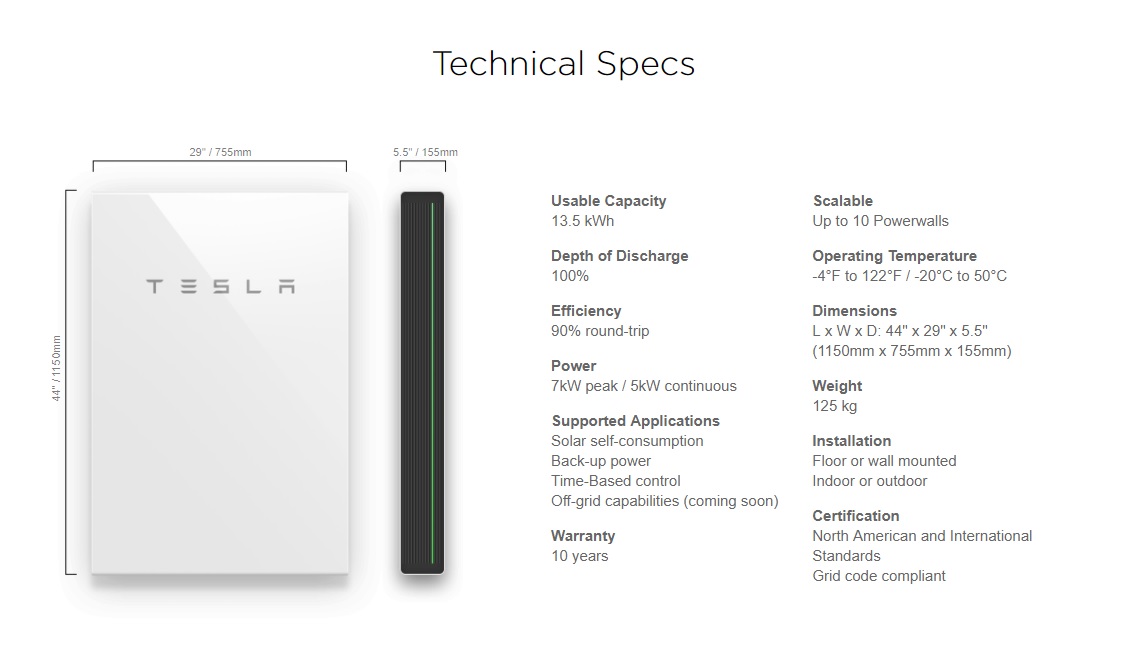
Digging into the core specs of the Powerwall 2 we have the following listed on the official website:
| Tesla Powerwall 2 | |
|---|---|
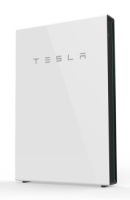 | |
| Price: | $11,700 |
| Storage Size: | 14 kWh |
| Usable: | 13.5 kWh |
| Price / kWh: | $867 |
| Weight: | 114 kg |
| Dimensions WxHxD: | 115cm x 75cm x 15cm |
| Temp Range: | -20°C to 50°C |
| Warranty: | 70% After 10 Years |
| Power: | 5 kW Steady 7 kW Peak |
| Battery Inverter: | Yes |
| Last updated: 13th September, 2019. Please also note that while we try our best, there may be some errors or some points that are not 100% up to date. | |
Supported Applications:
- Solar self-consumption
- Back-up power
- Time-Based control
- Off-grid capabilities (coming soon)
Some key points to notice is that even though it’s a 14 kWh battery, only 13.5 kWh of that is usable. This is quite common with lithium ion batteries as it prevents them from being 100% discharged which can damage them.
Another notable point is that it can output up to 5 kW continuous and 7 kW peak power per Powerwall 2 unit. This is something that’s important if you’re planning to use them off-grid or during power outages and is decently high comparing to some other battery systems.
Other things that aren’t mentioned in those specs are that it also includes the battery inverter inside the unit. Not only is this cleaner, but it means you don’t have to also buy one in addition to the battery like with other brands.
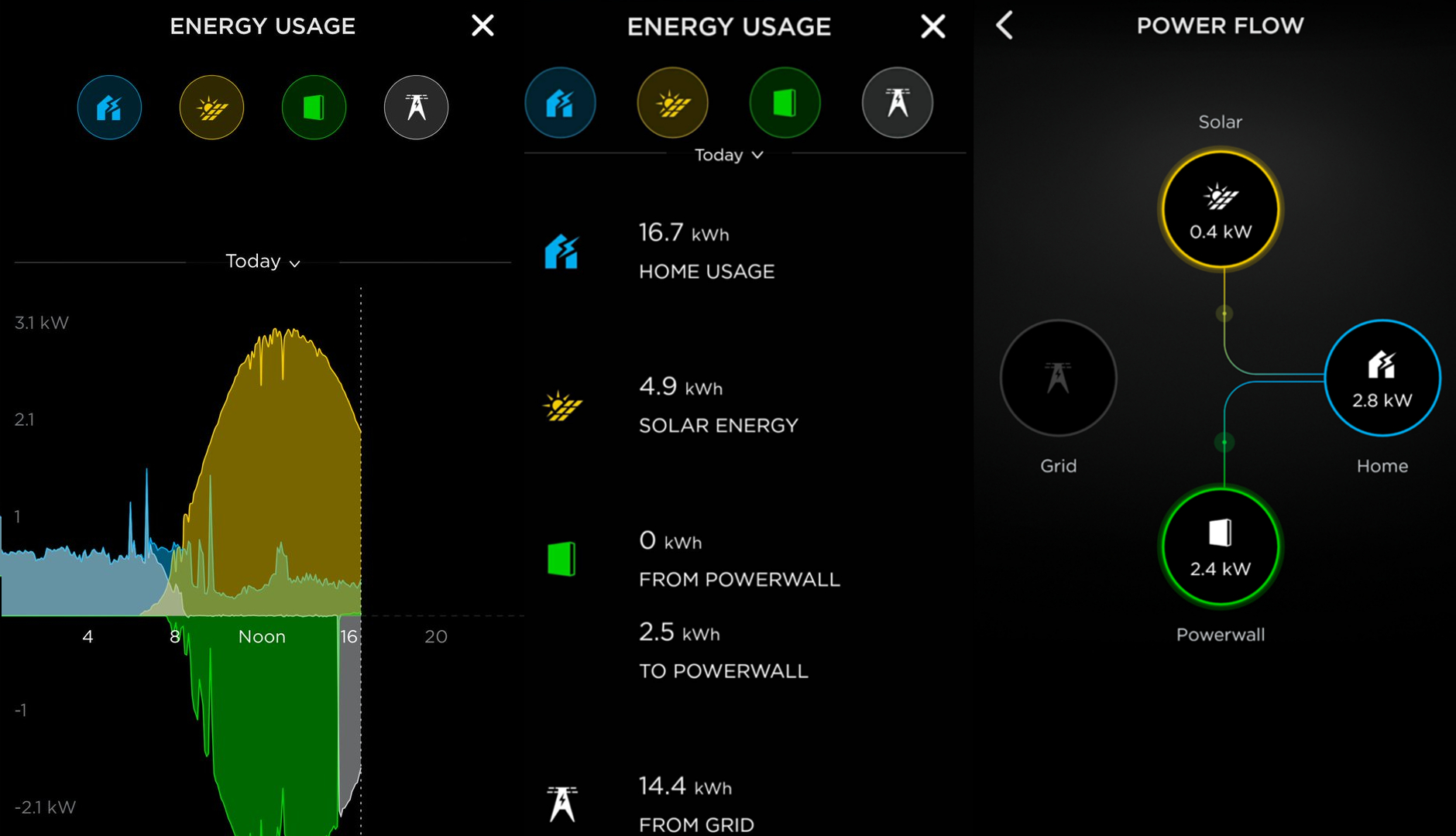
The Powerwall 2 also comes with a WiFi and 4G LTE module built in so that you can connect it up to the Internet and use their excellent Tesla app to monitor and control the unit.
Do note though that at this time you can only view the above energy details etc in the Tesla App, there is no website you can go to at home or away to check in on the batteries status.
What Is The Tesla Powerwall 2 Warranty?
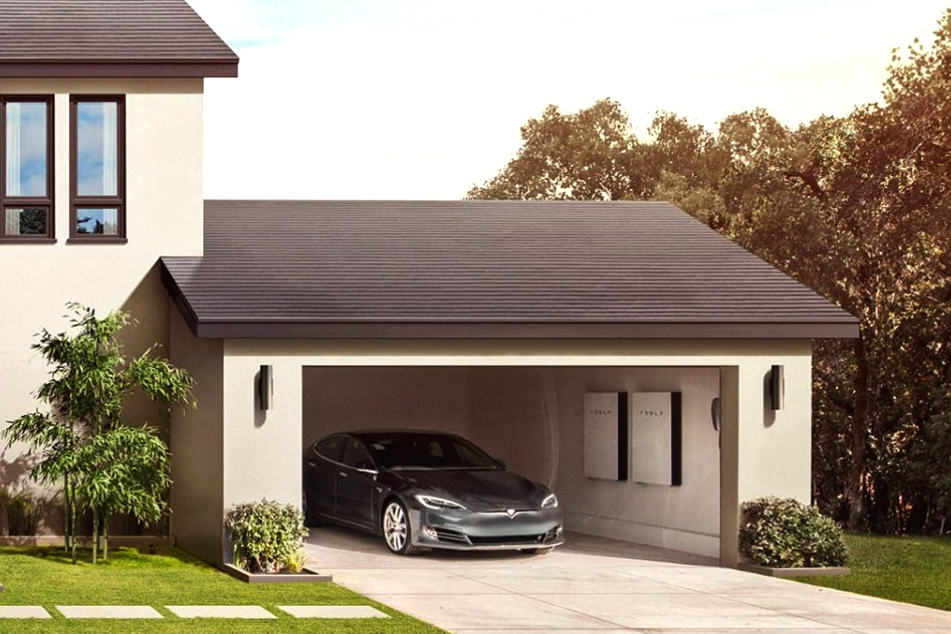
The Powerwall 2’s warranty is quite good and similar to other leading industry standard battery warranties. It comes with an unlimited 10 year warranty that assumes your battery is used for daily charging and discharging.
Primarily the warranty guarantees that while using the Powerwall 2 like this it will retain at least 70% of it’s original capacity after the 10 year period.
It’s normal for home battery systems – or any lithium ion battery – to slowly degrade over time which is why they offer the warranty in this way. It allows you to do your return on investment calculations knowing what state the unit will be in after 10 years.
You can see the full terms of the warranty here on Tesla’s website or compare the Powerwall 2 to other battery systems with this table here.
How Does It Compare To Other Batteries?

While you might have your heart set on a Powerwall 2 or just have never heard of any other battery brands out there, it’s good to always do a bit of a sanity check and compare it to some other major brands.
Some other big name companies that produce excellent battery systems are ones like LG Chem, Sonnen or Enphase. You can check out our handy Home Battery Energy Storage Comparison page for even more brands and battery units.
Also keep in mind that for whatever reason you might not need a full blown 14 kWh battery. A 4 kWh or 6 kWh unit might do you just as good or at least get you most of the way there. Batteries are still quite expensive right now so if you can get away with only buying half as many of course it’s going to save you thousands.
That being said the Powerwall 2 is as popular as it is for a good reason, it’s a very competitive package. It’s a very well known brand, looks gorgeous and comes from a company that are at the leading edge of battery design and manufacturing. It also helps that the price is extremely competitive too.
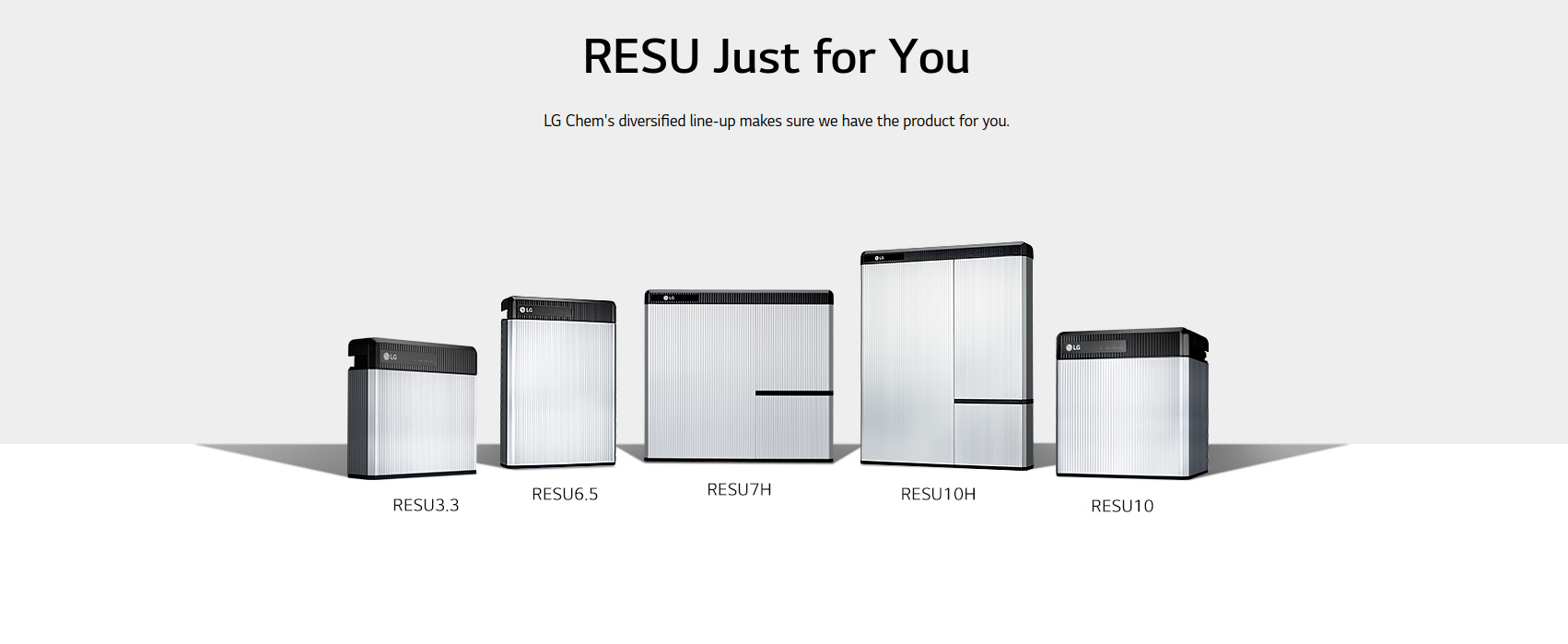
Probably one of the most popular other battery systems that are on sale here in Australia are the LG Chem Resu line. These come in 3.3, 6.5, 7 or 10 kWh variants as you can see above.
And while $/kWh wise the Powerwall is quite hard to beat, it’s also only a one stop solution. You can only buy it in 14 kWh units. Given most home owners will be wanting to buy a battery that’s similar in size to their daily average power use, this might not always be as high as 14 kWh’s.
Finally even if you are set on a Powerwall 2 and are happy with the size you might still have to wait a while to actually get one as Tesla are currently having an incredibly hard time keeping up with demand.
Should Your Buy A Tesla Powerwall 2?
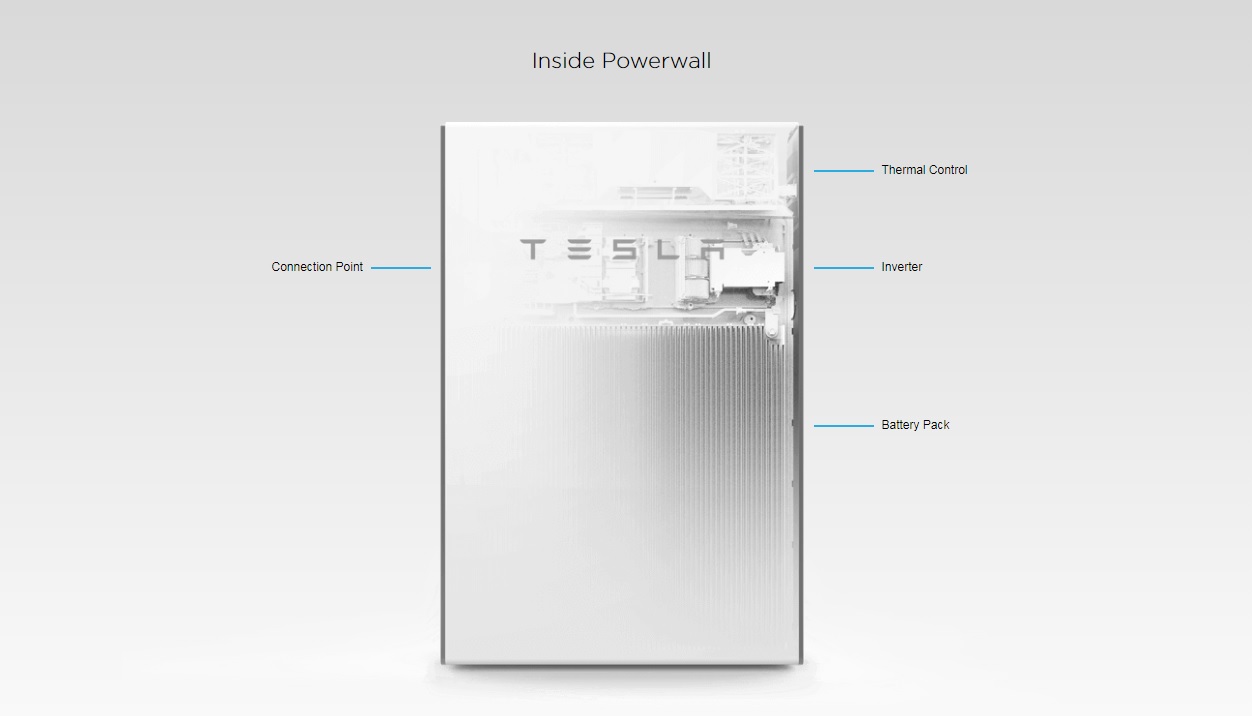
Given its quite high cost it’s understandably a difficult decision to go through and pull the trigger on a Powerwall 2. There’s the cost of the unit itself, the supporting hardware not to mention the actual installation costs which can range from $1,450 to $4,400 according to their website.
Overall though the Powerwall 2 is the or one of the best batteries you can get currently in Australia and comes highly recommended. It’s looks, price, compactness, warranty, software quality and integration all make for a fantastic offering.
While there are other solutions from other manufactures like Sonnen or LG, if you’re comfortable with the “one size fits all” approach and will properly use the full 14 kWh’s of storage a large amount of the time it’s certainly not going to be a bad purchase.
While the warranty period only covers the first 10 years I would expect the battery to last well past that point. Even if it’s at it’s worst state and only has 70% capacity (9.8 kWh) left after that 10 years, it will still be very usable for many years.
Long term, real life testing of Tesla Model S batteries have also shown that they perform excellently even when put through extremely heavy use cases like driving around 500,000 km’s in 4-5 years and still retaining around 90% of their original capacity!
And while their vehicle batteries will obviously be different to their home batteries, I don’t think it’s too much of a stretch to imagine they should both perform similarly in the long term resulting in a long lasting and top performing asset.
But should you still buy one?
Unfortunately while you may be happy to shell out the quite large up front costs it must be made clear that currently buying a home battery won’t save you money. This will be a different calculation for different households, but using a few rough (and optimistic) assumptions we can demonstrate why this is so:
- Total installed cost is $12,350 + $1,450 installation = $13,800 (at a bare minimum!)
- You use the full 14 kWh’s every day
- The round trip efficiency is 85% (there is loss storing and retrieving the power)
- Grid power costs you $0.35 / kWh
- Your feed in tariff is $0.15 (varies state to state)
Each kWh of power that is produced from solar, stored and then used to offset the full $0.35 / kWh cost of grid power will save you $0.35 – $0.15 = $0.20 / kWh. That means you’d save 13.5 kWh (the usable size of the battery) x 0.85 (round trip efficiency) x $0.20 = $2.30 per day or $837 per year.
Assuming the unit has zero degradation over the full 10 years that means it would save you $8,370… which is much less than the upfront cost of $13,800.
Now obviously once that 10 years is up you can continue to use the battery even if it’s only at 70% capacity so you may end up eventually making your original investment back… but it will take a long, long time.
There are also many other reasons why someone might want to buy a battery such as going off grid, however for the vast majority of people investigating home battery storage systems it’s currently not the best idea to buy any battery system.
Summary – Industry Shifting
When it first hit the world the Powerwall 2 was ground breaking. It smashed the $/kWh rating of everything else out there, looked better than everything else out there – and still does – plus had all of Tesla’s clout and marketing behind it.
Since then Tesla simply haven’t been able to make enough of them despite the fact that buying one unfortunately won’t save you money.
It’s now been over 2 years since that release date and we’ve heard precisely zero from Tesla on what’s next. If you want to have a peak into what we think the Tesla Powerwall 3 will look like you can check out our predicted dates, specs and cost piece here but at the moment it’s all still rumours.
You can also explore where we think the industry and prices as a whole are going in the future with our above guide.
For now though the Powerwall 2 is pretty much the cream of the crop when it comes to Home Battery Energy Storage Systems. It’s shiny, it’s well priced, it’s powerful and cutting edge tech as only Tesla can do it. If you want the best, look no further!
The benefits include: 1) How to get those silky smooth videos that everyone loves to watch, even if you're new 2) How to fly your drone, from taking off to the most advanced flight modes 3) Clear outlines of how to fly with step-by-step instructional demonstrations and more 4) Why flying indoors often results in new pilots crashing their drone 5) What other great 3rd party apps are out there to get the most out of your drone 6) A huge mistake many pilots make when storing their drone in the car and how to avoid it 7) How to do all of these things whilst flying safely and within your countries laws.


